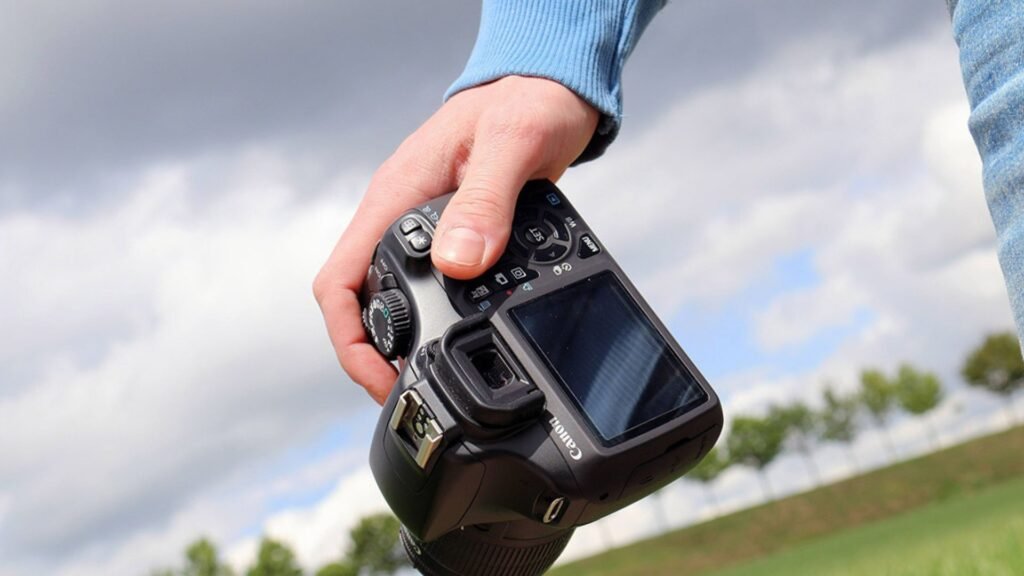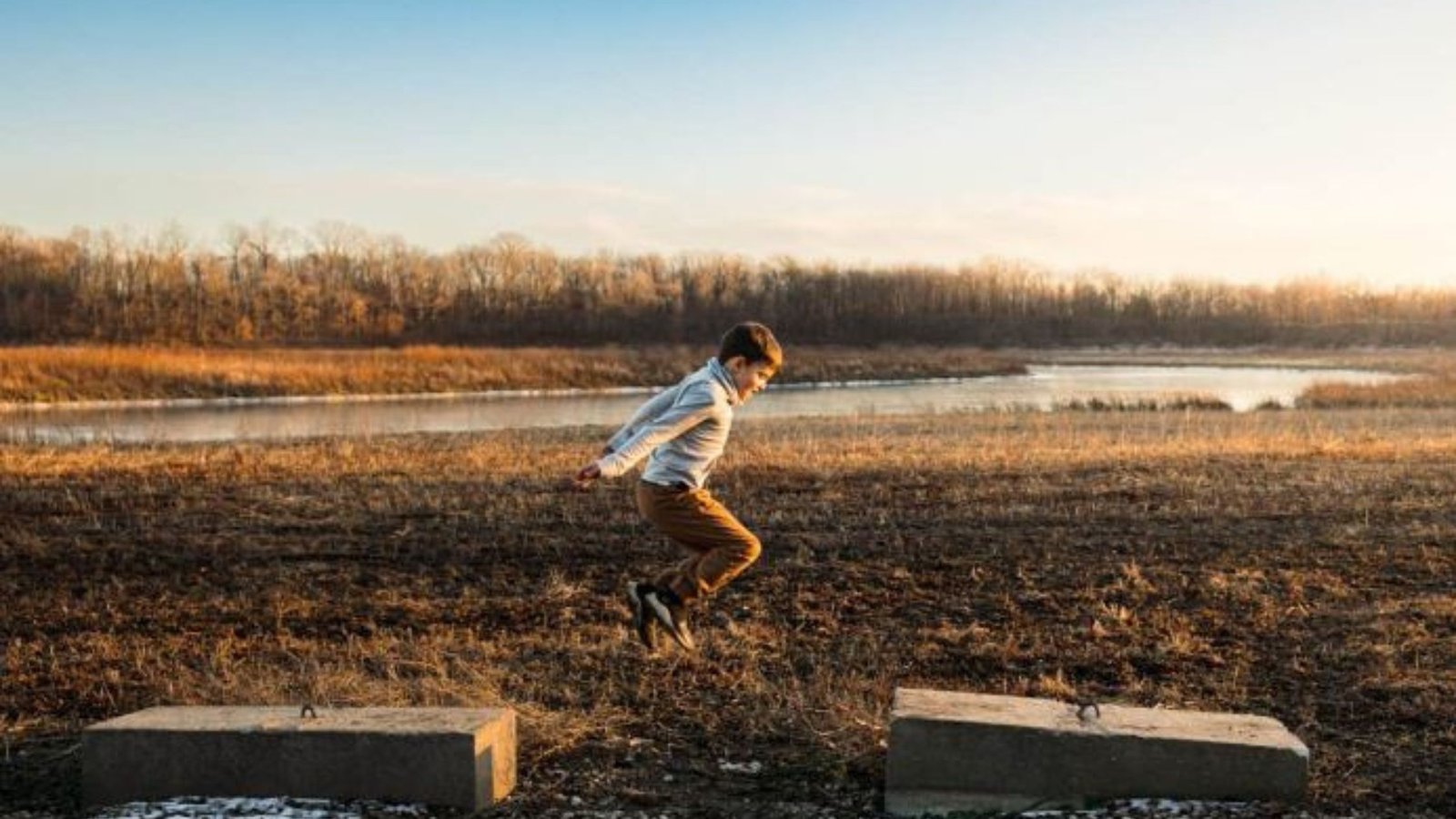Nature photography can be a rewarding hobby, offering a chance to capture the beauty of the natural world. Here are some essential tips to help beginners get started and improve their skills:

Choose the Right Equipment
Start with a camera that suits your needs and budget. A DSLR or mirrorless camera offers more flexibility and control, but even a good smartphone can take impressive nature photos. Invest in a sturdy tripod to keep your camera steady, especially for long exposures and macro shots.
Learn Basic Camera Settings
Understanding your camera’s settings is crucial. Learn how to adjust the aperture, shutter speed, and ISO. Use aperture priority mode to control depth of field, and shutter priority mode to freeze or blur motion. Experiment with different settings to see how they affect your photos.
Use Natural Light
Natural light is one of the most important elements in nature photography. The best times to shoot are during the golden hours, shortly after sunrise and before sunset, when the light is soft and warm. Avoid harsh midday light, which can create strong shadows and wash out colors.
Pay Attention to Composition
Good composition can make a significant difference in your photos. Follow the rule of thirds by placing your subject off-center, creating a more balanced and interesting image. Look for leading lines, such as paths or rivers, to guide the viewer’s eye through the photo. Incorporate foreground elements to add depth to your scenes.
Get Close to Your Subject
Macro photography is perfect for capturing the intricate details of nature. Get close to flowers, insects, or textures to reveal their beauty. Use a macro lens or the macro mode on your camera. Pay attention to the background and ensure it’s not distracting.
Practice Patience and Observation
Nature photography requires patience. Spend time observing your surroundings and waiting for the perfect moment. Whether it’s a bird landing on a branch or the light hitting a mountain peak just right, patience will help you capture those magical moments.
Experiment with Different Perspectives
Don’t be afraid to change your perspective. Shoot from different angles, heights, and distances. Get down low to capture the ground level view or find a higher vantage point for a unique perspective. Experimenting with angles can lead to more dynamic and interesting photos.
Capture Movement
Nature is full of movement, from flowing water to flying birds. Use a fast shutter speed to freeze action or a slow shutter speed to create a sense of motion. For instance, capturing a waterfall with a slow shutter speed can create a beautiful, silky effect.
Edit Your Photos
Post-processing can enhance your nature photos. Use editing software to adjust exposure, contrast, and color balance. Cropping can help improve composition, and sharpening can bring out details. However, be careful not to over-edit and keep your images looking natural.
Respect Nature
Always respect nature and wildlife. Stay on marked trails, and keep a safe distance from animals. Avoid picking plants or disturbing habitats. Leave no trace and ensure that your photography does not harm the environment.
Conclusion
Nature photography is a fulfilling hobby that combines creativity with an appreciation for the natural world. By understanding your equipment, mastering basic techniques, and respecting the environment, you can capture stunning images that showcase the beauty of nature. Happy shooting!











